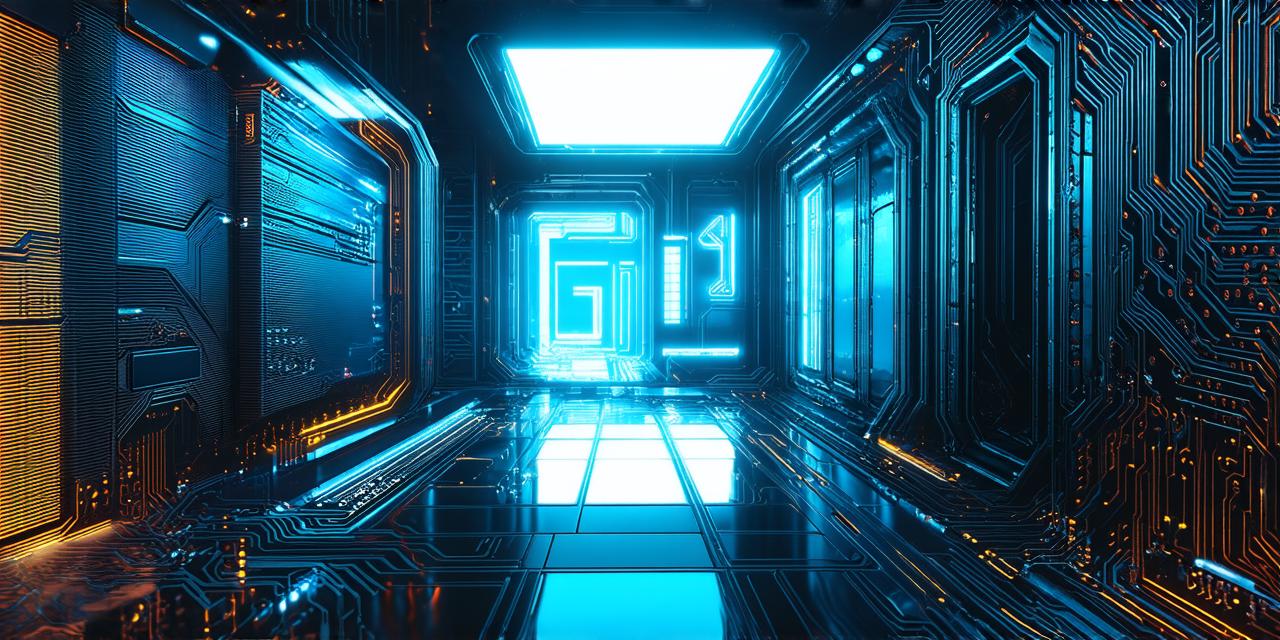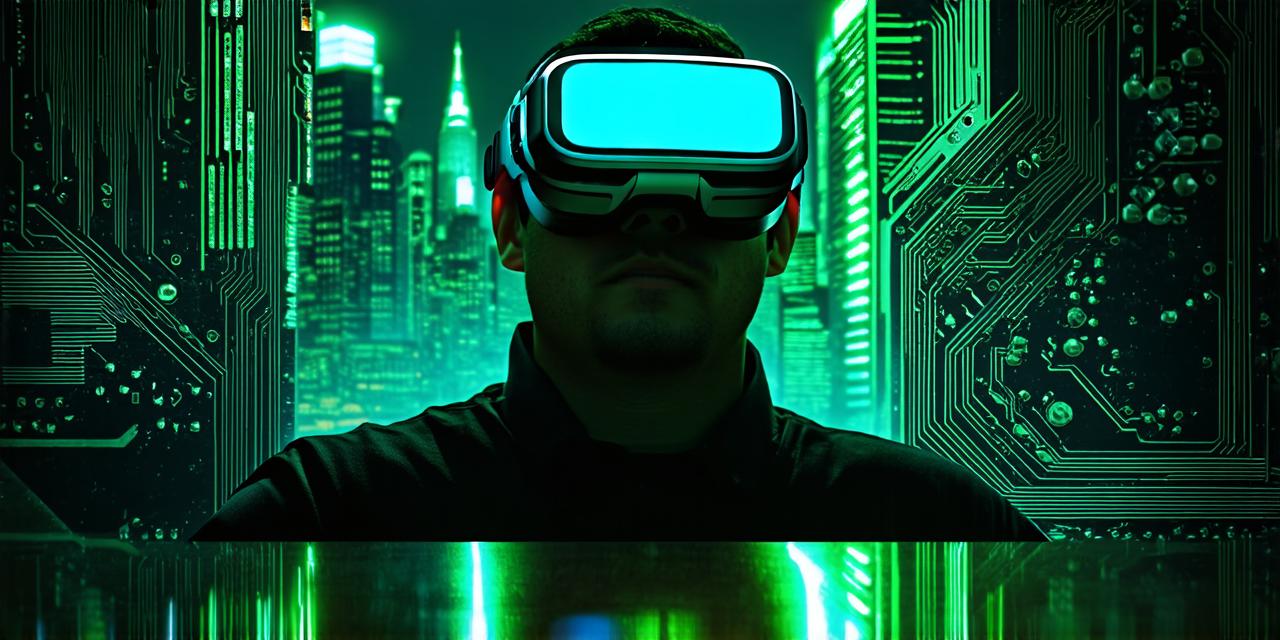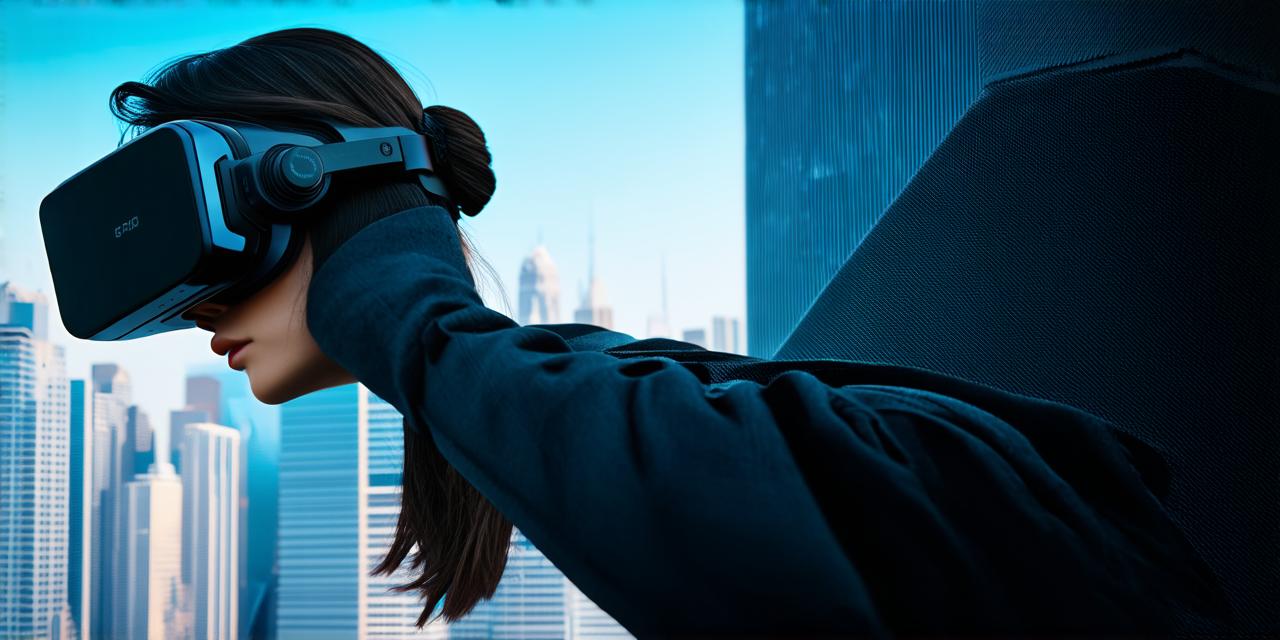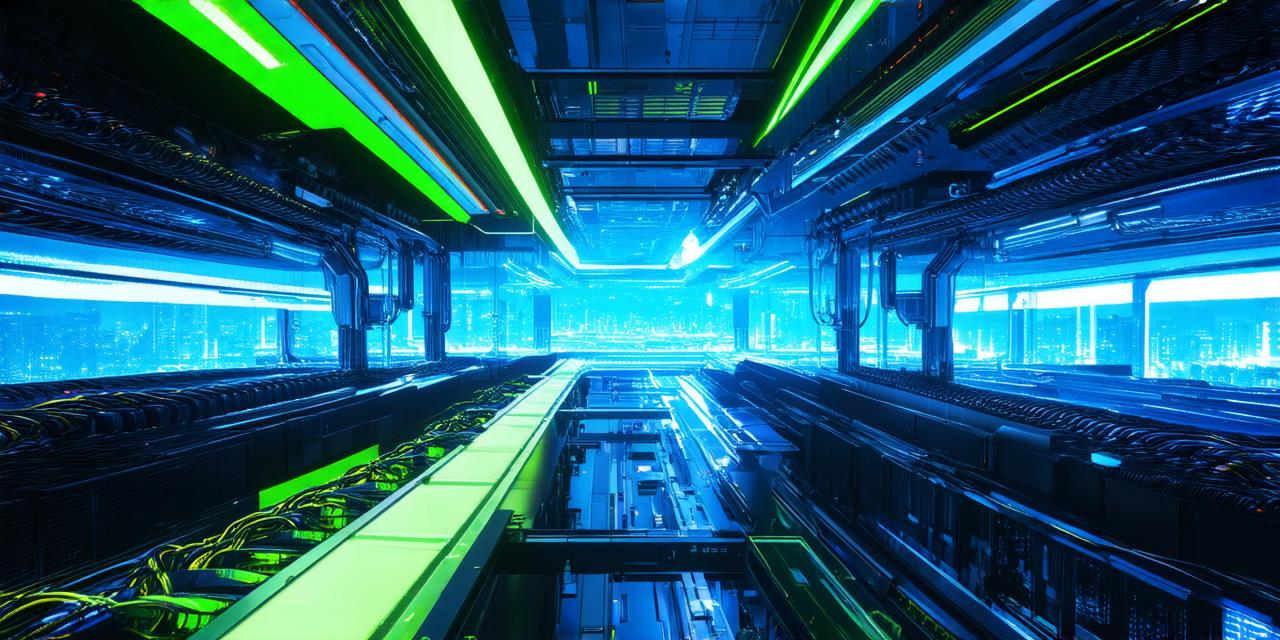Virtual reality (VR) is a rapidly growing technology that offers immersive and interactive experiences to users. As an AR developer, understanding the basics of VR can greatly enhance your skills and expand your knowledge in the field. In this article, we will explore what you need to know about virtual reality, including its applications, hardware requirements, software development, and more.
What is Virtual Reality?
Virtual reality is a computer-generated simulation of a 3D environment that can be interacted with using specialized sensors and devices. The aim is to create an immersive experience for the user, making them feel like they are physically present in the simulated world. VR has been used in various fields, including gaming, education, training, healthcare, and more.
Applications of Virtual Reality
Virtual reality has numerous applications across different industries. Here are some examples:
- Gaming: VR is revolutionizing the gaming industry by offering immersive and interactive experiences to gamers. Popular VR games include Beat Saber, Half-Life: Alyx, and Resident Evil 7.
- Education: Virtual reality can be used to create virtual classrooms that allow students to explore and interact with complex concepts in a more engaging way. For example, medical students can use VR to simulate surgeries and other procedures, while history students can explore ancient civilizations.
- Training: Virtual reality is used in various industries for training purposes, such as military, aviation, and healthcare. By simulating real-life scenarios, trainees can practice their skills in a safe environment without the risk of injury or damage to equipment.
- Healthcare: Virtual reality has been used in healthcare to treat phobias, anxiety disorders, and post-traumatic stress disorder (PTSD). For example, VR exposure therapy can help patients overcome fears by exposing them to virtual environments that trigger their fears.
- Tourism: Virtual reality can be used to create virtual tours of historical sites, museums, and other popular tourist destinations. This allows people to explore these places without having to physically visit them.
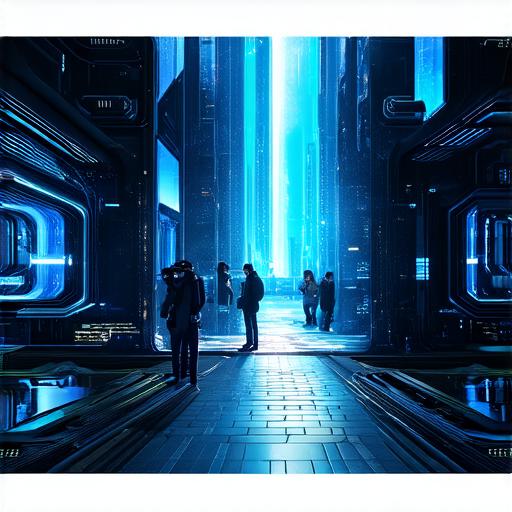
Hardware Requirements for Virtual Reality
Virtual reality requires specialized hardware to create an immersive experience. Here are the basic requirements:
- Headset: The headset is the most important component of VR hardware. It tracks the user’s movements and displays the virtual environment in front of them. Some popular VR headsets include Oculus Quest 2, HTC Vive Pro Eye, and Sony PlayStation VR.
- Computer: A powerful computer with a graphics processing unit (GPU) is required to generate the 3D environment. The more powerful the GPU, the better the graphics quality.
- Controllers: Controllers are used to interact with virtual objects in the simulated world. They typically have buttons and sensors that track the user’s hand movements.
- Motion capture system: A motion capture system can be used to track the user’s movements more accurately, allowing for more realistic interactions with virtual objects.
Software Development for Virtual Reality
Virtual reality software development involves creating immersive and interactive experiences for users. Here are some key aspects of VR software development:
- Game engines: Unity and Unreal Engine are popular game engines used for VR development. They provide tools and libraries for creating 3D environments, characters, and animations.
- Scripting languages: C and Python are commonly used scripting languages in VR development. They allow developers to create interactive elements and logic within the virtual world.
- User interfaces: Developers can create intuitive user interfaces for VR experiences using tools like Unity’s UI system or custom scripts.
- Input handling: Handling user input, such as movement and interactions with virtual objects, is crucial in VR development. Developers must ensure that their software responds quickly and accurately to user inputs.
- Performance optimization: Optimizing performance is essential for a smooth VR experience. This involves minimizing frame rates, reducing motion sickness, and ensuring the software runs efficiently on the user’s hardware.
Conclusion
Virtual reality is a fascinating technology with numerous applications across different industries. As an AR developer, understanding the basics of VR can greatly enhance your skills and expand your knowledge in the field. By exploring the hardware requirements, software development aspects, and applications of VR, you can gain a deeper appreciation for this rapidly growing technology and its potential to revolutionize various industries.
FAQs
Virtual reality is a fascinating technology with numerous applications across different industries. As an AR developer, understanding the basics of VR can greatly enhance your skills and expand your knowledge in the field. By exploring the hardware requirements, software development aspects, and applications of VR, you can gain a deeper appreciation for this rapidly growing technology and its potential to revolutionize various industries.
